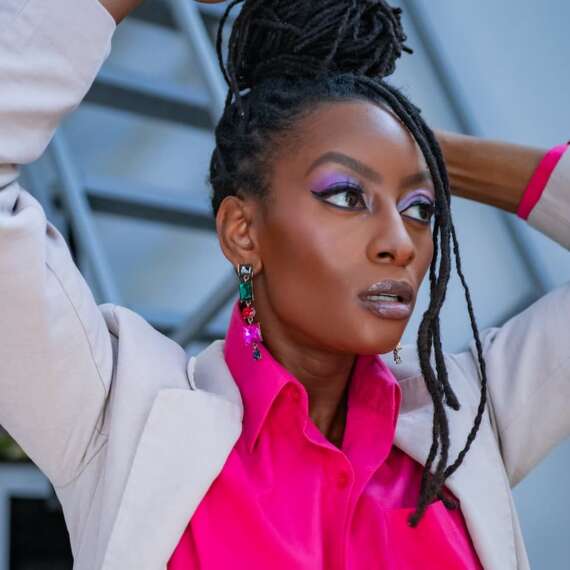Streetwear was never meant to be confined by borders. What began as a voice for skaters in Los Angeles and graffiti artists in New York has become the world’s most democratic dress code—reinterpreted by designers from Lagos to Seoul. What makes today’s streetwear different is not just who’s wearing it, but who’s defining it. The center of gravity has shifted from subculture to culture itself, from cities once known for rebellion to new creative capitals translating identity through clothing.
When you scroll through streetwear collections today, you see patterns that feel familiar yet foreign—Japanese indigo techniques meeting South American embroidery, Yoruba beadwork fused with Scandinavian minimalism. Each element carries the fingerprint of a culture that refuses to be reduced to stereotype. These aren’t fashion mashups made for shock value; they’re conversations in fabric form. The result is an aesthetic that mirrors the way you live—connected, curious, constantly remixing influences that once seemed worlds apart.

For the past decade, global streetwear has grown at a rate that rivals luxury fashion, reaching an estimated $185 billion in 2023 according to PwC. Yet the power behind that growth isn’t corporate—it’s communal. You see it in how young designers build audiences without runways, through TikTok drops and Instagram collaborations. You see it when a designer from Nairobi launches a capsule collection with a Seoul-based label, and both markets benefit. The shift is away from Western fashion as the gatekeeper and toward a decentralized ecosystem where taste is shaped through cross-cultural exchange.
Brands like Daily Paper from Amsterdam, Casablanca from Paris, and Ader Error from South Korea have become touchstones of this movement. They merge heritage and street energy without losing depth. Daily Paper draws from African diasporic roots while keeping silhouettes modern. Casablanca fuses Moroccan patterns with the nonchalance of 1970s tennis culture. Each label proves that authenticity and globalization don’t have to cancel each other out—they can coexist when treated with respect and intention.
But cultural hybridity goes beyond design aesthetics. It’s a statement about how identity works in a globalized world. You might wear a Japanese workwear jacket with Colombian sneakers and a Chicago-made hoodie, not as costume but as reflection. Fashion has become one of the few places where national identity can be both honored and reinterpreted. The new generation understands that cultural exchange is not appropriation when rooted in collaboration, credit, and transparency. The key is context: who’s profiting, who’s represented, and whose story is being told.

Technology has accelerated this cross-pollination. Digital fashion weeks, AI-generated fabrics, and virtual try-ons have allowed independent designers to bypass traditional systems of validation. A hoodie made in Mexico City can be modeled in Milan within hours. Yet what makes these designs resonate isn’t the tech—it’s the narrative embedded within them. People aren’t buying logos anymore; they’re buying meaning. In an era saturated with options, culture itself has become the ultimate currency.
Streetwear has also become the language of social commentary. Protest movements across continents—whether for racial justice, democracy, or women’s rights—have all found visual expression through what people wear. The hoodie, once vilified, is now a global emblem of resistance and self-definition. Cultural hybrids reflect this shift by using fashion to challenge assumptions about class, geography, and belonging. You see it in how Palestinian keffiyehs are reimagined by designers in London, or how Brazilian artists reinterpret indigenous motifs into sustainable streetwear.
There’s a practical takeaway here for anyone creating or consuming fashion. You don’t need to choose between heritage and innovation. The future belongs to those who treat culture as a living system, not a static archive. When you collaborate, source ethically, and credit origins, you build something that outlasts trends. Fashion that borrows without understanding fades quickly. Fashion that learns, adapts, and honors endures.

The rise of cultural hybrids also signals a new kind of luxury—one rooted in meaning rather than exclusivity. The most coveted pieces today are not limited by scarcity but by story. They’re limited because no algorithm can replicate the human exchange behind them. When a designer in Manila works with weavers in Mindanao and a coder in Berlin turns the result into an augmented-reality experience, that’s not just a drop—it’s a cultural artifact.
What’s emerging is a more honest version of globalization, one where creativity moves both ways. Streetwear has become the shared language of the world’s youth, but now that language carries nuance. Every print, silhouette, and stitch holds a passport stamped with influence, collaboration, and respect. In this sense, cultural hybrids aren’t just shaping fashion—they’re shaping how we see one another. Because when style crosses borders, it doesn’t erase them; it teaches us to see the world stitched together by something stronger than trend—shared humanity.










